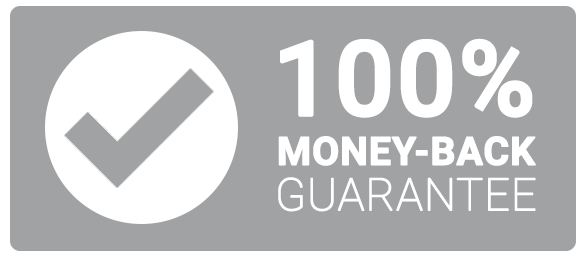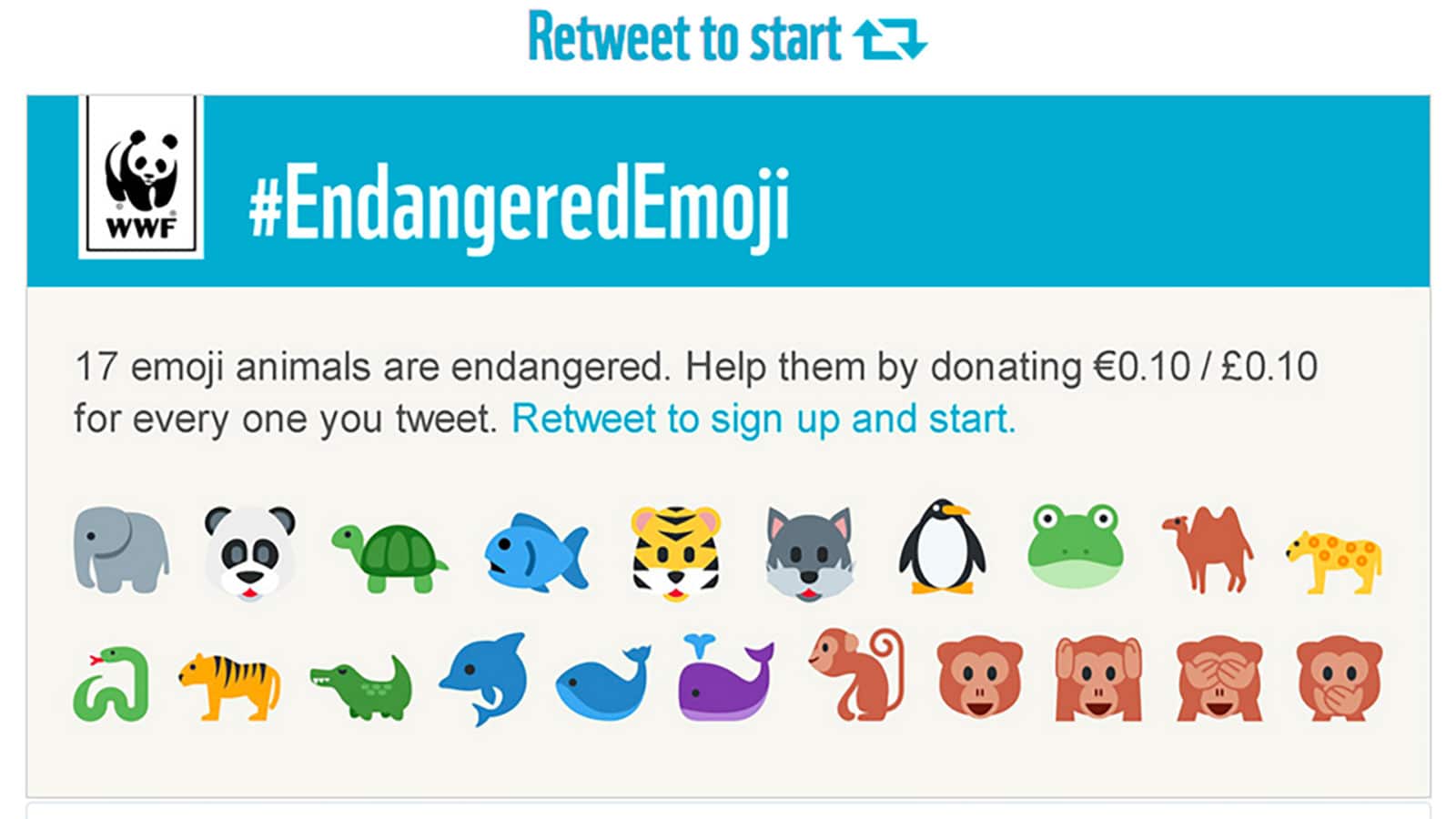To run an A/B test you need three things: a CRO tool, a clear goal, and access to the website data. There are a number of CRO tools on the market, but unfortunately, even the best tool won’t tell you what to test.
Creating an experiment can be a bit tricky. The objective of any change in your website design is to make it easier for visitors to convert, but there are lots of different things you could do to affect that. How do you decide where to focus your efforts?
In this fifth (and last) of our five blog series, we’ve prepared a list of seven simple A/B test ideas to kick-start your experimentation.
1.Focus on your calls-to-action (CTAs)
You can’t compile a list of A/B test ideas without talking about CTAs. After all, they have a huge impact on conversion rate. As the name suggests, a call-to-action button is the element of your page that will ‘call’ your visitors to complete the desired action on your website.
You can test the colour, size, position and even the copy of your buttons. Make your CTA visually appealing and noticeable. A coloured button, with good contrast with your website background, often converts better as it draws visitors’ attention to it.
Another way to make your CTA visible is to place it ‘above the fold’ or in other words, at the top portion of the website. Ideally, your visitors should be able to see the CTA without scrolling. Although making a CTA immediately visible to visitors on a landing page won’t always work. Therefore, you should also consider making it visible at the point where your visitors become convinced to take action. For example, after reading a blog post. A ‘Learn more’ CTA would make more sense at the bottom of the content in this instance.
The copy is also an important part of CTAs testing. Try using words that attract visitors and drive higher engagement. Here are a few examples:
- Shop Now, Download Now, Join Now, Subscribe Now (create a sense of urgency)
- Try for free
- Sign up for free
- Join Free
- Learn more
- Read More
- Find out more!
- Get started
- View Demo
- Talk to us
- Click here to subscribe
- Add to cart
Note: be clear on the hierarchy of your CTA buttons. If you have two CTAs next to each other, your main call to action should be more noticeable. For instance, use lighter colours on your secondary button to make sure it doesn’t distract visitors from the primary one.
2. Add some social proof to your site
What do we mean by social proof? Social proof is based on the concept of social influence. It reduces the fear and increases the confidence of visitors that are about to make a purchase. Test different types of social proof throughout your website.
Some examples of social proofs are:
- Reviews and ratings from customers
- The number of products sold or the number of customers that purchased that product
- Industry experts testimonials
- The number of customers that have purchased in the past hour, day, or week
The best kind of social proof is the one that a visitor can relate to. Try to find out what could be relevant for your visitors. The goal is to prove to new visitors that other people like your brand and that they can trust you. After all, people feel more comfortable if someone like them recommends a brand rather than a brand just trying to sell themselves.
Using known 3rd party review sites like Trustpilot or Feefo can also help with your online reputation, as it gives you more credibility. However, you need to consider that you may also get negative reviews, which will also be displayed. So use caution and only use sites like these if you are very confident in your product and you are willing to face negative feedback.
3.Add trust badges
A trust badge is a seal or icon you can add to your website to inspire trust in potential customers. These badges are usually placed in the checkout process, but can sometimes be added on the homepage or landing pages. As long as your site is secure a badge is a simple tool that can bring confidence to customers. There are different types and shapes of badges.
Here are the five main types you can use:
1. Safe & Secure checkout badge
![]()
![]()
Source: Trustlock
2. Free shipping and free returns badge
![]()
Source: Trustlock
3. Accepted payment badges
![]()
Source: Trustlock
4. Third-party endorsements

5. Money-back guarantee badge

Source: Trustlock
To learn more details about trust badges check out this blog post by Yieldify and this research study from CXL Institute.
4. Emphasize your brand USPs
A unique selling proposition or a USP is simply what differentiates your brand from others. In other words, the USPs are the core benefits and the reason why someone should buy your product – what makes you stand out from the crowd. In this blog post by Shopify, you can find 10 examples of great brand USPs to inspire you.
Testing different USPs can help you determine what works best for your visitors and increase their conversion rate.
5. Use urgency and FOMO
Urgency and the fear of missing out (FOMO) marketing strategies are commonly used to boost sales. In psychological terms, FOMO is ‘a worried feeling that you may miss exciting events that other people are going to, especially caused by things you see on social media’ (Cambridge dictionary).
The FOMO strategy is often used by Hotels or Airline companies. Sentences like ‘Don’t miss out’, ‘Room in high demand’, ‘Last tickets available’, ‘Selling fast’ are all good examples. Showing limited time offers or the number of items left in stock increase the likelihood that visitors will purchase.
A countdown timer is the perfect example of an urgency incentive. A simple virtual clock, usually used on landing pages, that counts down time to a specific date, end of an offer or event, gives the feeling that time is running out. It can also be used to generate curiosity, counting down to the time when a product or offer becomes available. Find some examples here.
6. Use human photos
Several pieces of scientific research have confirmed that people are naturally drawn to human faces. In web design it’s no different; people find a website to be more trustworthy if it contains images of (real) humans. Try testing different photos to find the one that best suits your audience. People are more likely to trust you if they can identify themselves with other ‘faces’ on your website.
When testing, consider four things:
- Smile: smiles are a sign of friendliness and happiness. They are also known to make a person more attractive – this can have a positive influence on sales.
- Eye contact: eye contact is the main factor in non-verbal communication. It creates connection, trust and could be also an element of persuasion.
- Eye direction: The eyes direction of the person in a photo can influence your eye movement. For instance, If you want to focus the visitor’s attention on a product or button you can use a photo with a person looking directly at it.
- ‘Real’ humans: using stock photos can be a bit risky as other websites might use the same image. People can also recognise when you are using stock photos. Try using your own photos to make your site unique.
The main reasons to use human photos for conversions are:
- For eCommerce websites to show how a product would look ‘in real life’
- To create transparency, particularly when a business uses photos of their employees
- To appeal to visitor’s emotions
7. Try different a navigation menu structure
The navigation structure of your website can have a major impact on conversion. It is important to have a clear website navigation that follows a specific hierarchical structure. If visitors are not able to find what they are looking for they will get frustrated and leave.
You can test simple things like renaming the headings on your navigation menu or rearranging the order of the headings.
These seven ideas are just a few of many tests you can perform on your website. Test one out! Find what works best for your audience, learn from each insight and see the difference in conversion each of them makes. The more you test, the more you learn.



